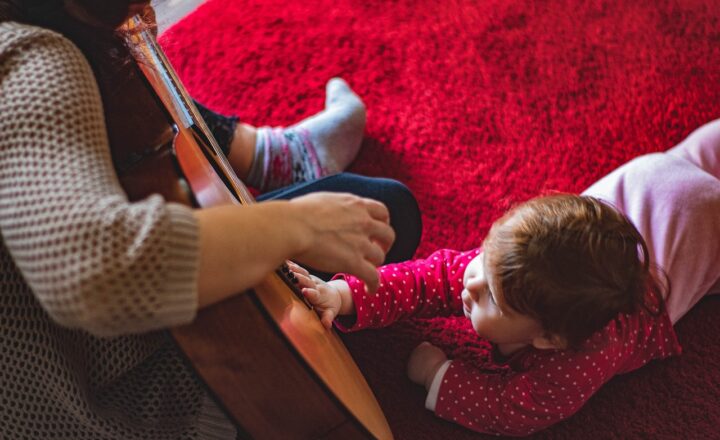
Navigating the tumultuous waters of childhood and adolescence can be a daunting task for both kids and their parents. Among the most challenging issues that arise during these developmental stages are peer pressure and bullying. Both phenomena can have a profound impact on a child’s mental, emotional, and social well-being. This article aims to provide parents with effective strategies to recognize, address, and mitigate the effects of peer pressure and bullying on their children.
1. Understanding Peer Pressure and Bullying
Before we can help our children navigate peer pressure and bullying, we first need to understand what these terms mean.
**Peer Pressure** refers to the social influence exerted by peers that encourages individuals to change their attitudes, values, or behaviors to conform to group norms. This can manifest in positive ways, such as motivating kids to excel in academics or sports. However, more often than not, peer pressure leads to negative behaviors, including substance abuse, skipping school, or engaging in risky activities.
**Bullying**, on the other hand, is a form of aggressive behavior that involves a power imbalance, where one child or group harms or intimidates another. Bullying can be physical, verbal, or emotional, and often consists of repeated behaviors intended to demean or isolate the victim.
Understanding the nuances of both peer pressure and bullying is vital for parents in order to effectively assist their children in coping with these situations.
2. Signs Your Child May Be Experiencing Peer Pressure or Bullying
In many cases, children may not communicate their experiences with peer pressure or bullying openly. Recognizing the signs early is crucial for parents. Look out for:
- Sudden changes in behavior or mood
- Withdrawal from friends and family
- Avoiding school or particular social situations
- Changes in academic performance
- Physical signs of distress, such as headaches or stomachaches
- Increased anxiety or reluctance to participate in previously enjoyed activities
- Unexplained injuries or damage to belongings
If you notice any of these signs, it’s essential to address them proactively rather than waiting for your child to reach out for help.
3. Creating an Open Line of Communication
One of the most effective ways to help your child cope with peer pressure and bullying is to maintain an open line of communication. Here are some tips to foster a supportive environment:
- **Be Approachable:** Show your child that you are a safe person to talk to by listening actively without judgment. Make time each day to check in on how their day went, asking open-ended questions to encourage discussion.
- **Validate Their Feelings:** Acknowledge your child’s emotions and experiences. Let them know that it’s okay to feel upset or confused, and reassure them that you are there to help them navigate these feelings.
- **Share Your Own Experiences:** When appropriate, sharing your own experiences with peer pressure or bullying can help your child feel less isolated. It can serve as an entry point for your child to discuss their own challenges.
By establishing a strong rapport and trust with your child, you can help them feel more comfortable sharing their struggles.
4. Teaching Coping Strategies
Once your child opens up about their experiences with peer pressure or bullying, it’s essential to equip them with effective coping strategies:
- **Role-Playing Scenarios:** Engage your child in role-playing to practice responses to peer pressure or bullying. This can help them feel more confident in real-life situations.
- **Identifying Safe Spaces:** Encourage your child to identify safe places (whether at school or home) where they can go or reach out for support when feeling pressured or threatened.
- **Encouraging Peer Support:** Help your child identify friends they can talk to during tough times. Having a trusted buddy can reduce feelings of isolation and offer reassurance when faced with peer pressure or bullying.
- **Promoting Assertiveness:** Teach your child how to assert themselves politely yet firmly. This can empower them to say “no” to unwanted pressures or to stand up for themselves in social situations.
These strategies can help your child develop resilience against the negative influences of peer pressure and bullying.
5. Engaging with the School Community
As a parent, you are not alone in the fight against peer pressure and bullying. Engaging with the school community can provide further support. Consider the following:
- **Talk to Teachers and Staff:** Open a conversation with your child’s teachers, school counselors, or administrators about your concerns. They can provide insights and resources to address any bullying incidents that may be happening in the school environment.
- **Encourage Participation in Anti-Bullying Programs:** Advocate for and encourage your child’s involvement in school-based initiatives aimed at combating peer pressure and bullying. Programs focused on social-emotional learning can arm kids with the right tools to deal with these issues constructively.
- **Form a Support Network:** Connect with other parents in your community to discuss experiences and strategies. Collaboration can empower collective action and create a more supportive environment for all children.
By being proactive and engaging with the school community, you can better support your child and encourage a culture of respect and inclusivity.
6. Knowing When to Seek Professional Help
While open communication and coping strategies are often sufficient to assist your child, there may be instances where deeper intervention is necessary. Consider seeking professional help if:
- Your child exhibits persistent signs of anxiety, depression, or emotional distress
- They share thoughts of self-harm or suicide
- The bullying does not stop despite intervention from parents and school authorities
Therapists or counselors can provide specialized support that can help your child process their feelings and develop tools to cope with future challenges.
Conclusion
Peer pressure and bullying pose significant challenges for children in today’s world. As parents, we play a crucial role in helping our children navigate these tough situations. By fostering open communication, teaching coping strategies, engaging with the school community, and knowing when to seek external help, we can empower our children to face and overcome the influence of negative peer pressure and bullying. Together, we can create a supportive environment that allows our children to thrive.
In the face of such challenges, remember that you are not alone. There are countless resources available for you and your child to turn to for support as you navigate these difficult waters together.







